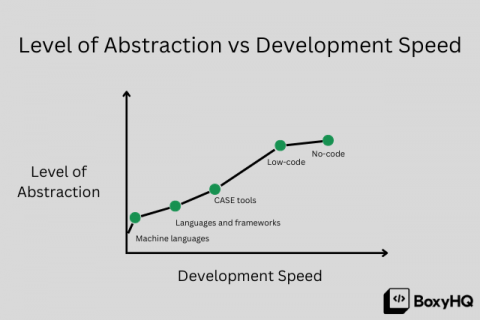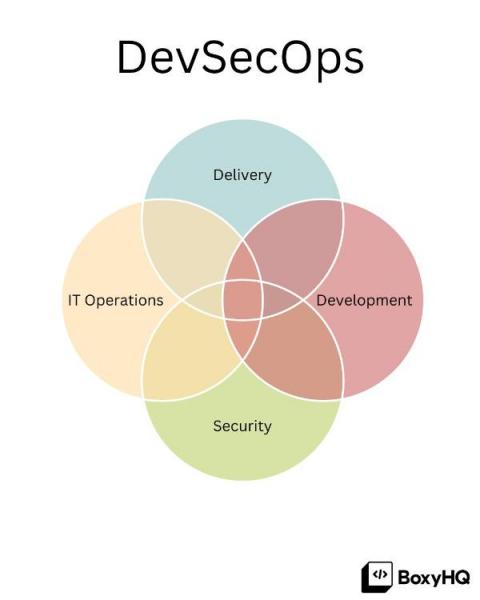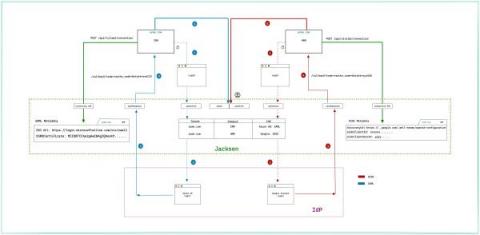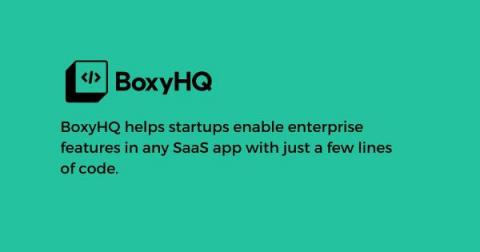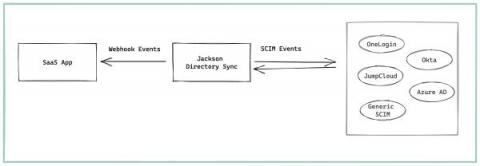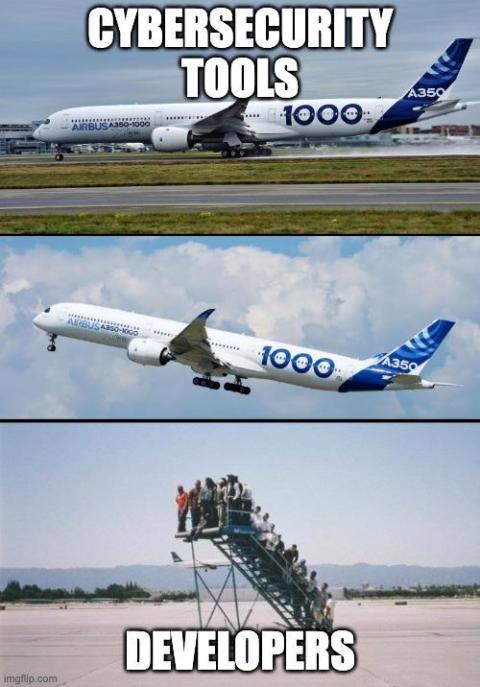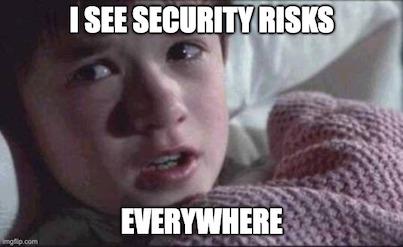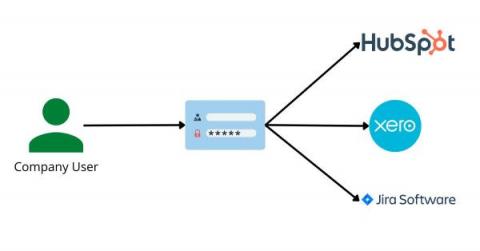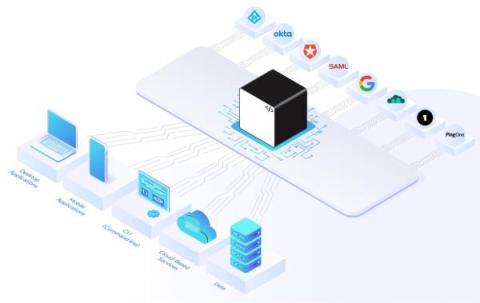How low-code solutions are changing how we build products and workflows
We have all heard the terms low-code or no-code being thrown around as buzzwords over the last few years but what does this mean and how is it changing the way businesses and individuals solve problems? I am going to use our product SAML Jackson to explain how low-code solutions are changing the way we build products.


